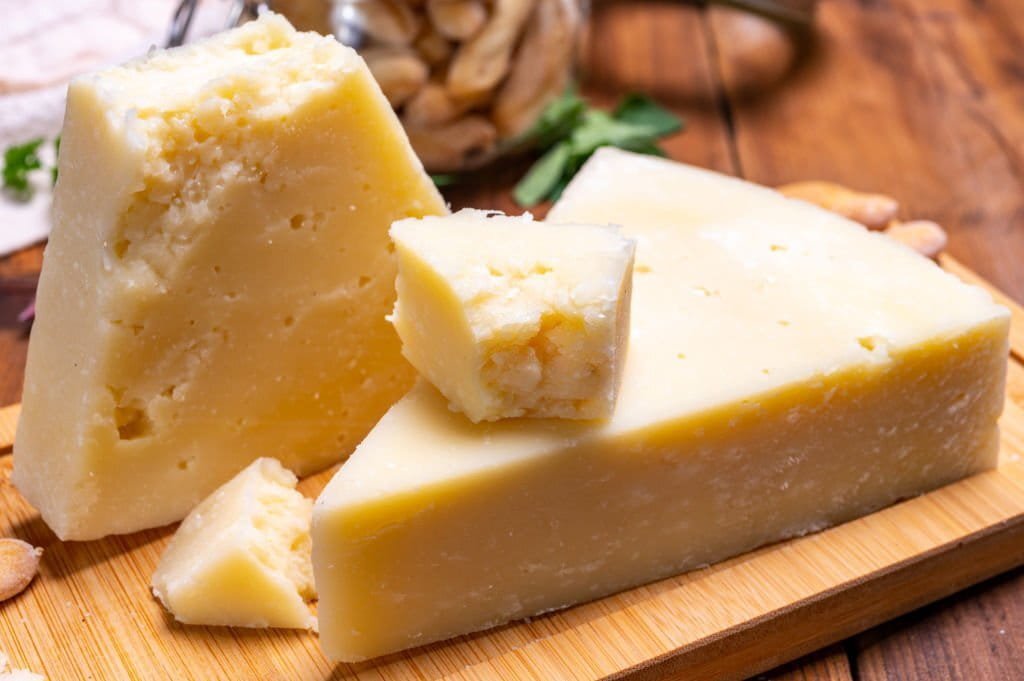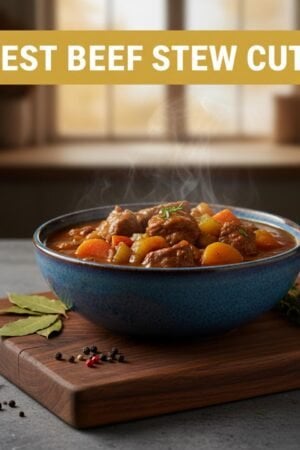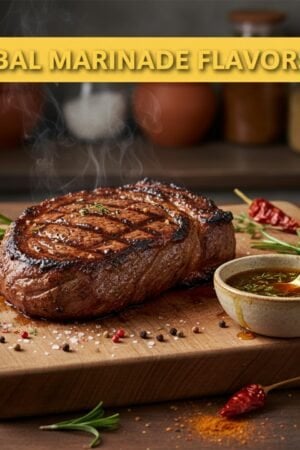Our Romano cheese vs parmesan comparison offers insight on which cheese is best for what recipe.
At a glance – and in terms of the texture and flavor – both of these hard and aged cheeses are great for many recipes. You will mostly find these in Italian cuisine such as pastas and salads. Moreover, they are served in different ways such as grated or sliced.
But while they may be alike in a number of ways, there are still some differences between the two. Keep reading to have a better understanding of these cheeses and which one is better for which recipe. Let’s get started.

Romano Cheese Vs Parmesan
There are many reasons to love these two cheeses, and mainly, because of how great-tasting they are! The unique flavor profile and enticing texture add to their exceptional attributes, which is why many foodies love them. But there are certain differences between the two as enumerated below:
1. Origin
The Romano is made in Italy’s Sardinia and Lazio regions. This cheese is sourced from sheep’s milk, but it can also be a combination of cow’s and sheep’s milk. As for the parmesan, it is made in Italy’s Emilia-Romagna region. It is produced by using purely cow’s milk.
2. Aging process
Another difference between the Romano cheese and the parmesan is how long they are processed. The Romano is aged for at least 5 months but parmesan takes 10 months to age. This is why the parmesan comes with a more robust and nutty flavor. There is also a complexity to its taste unlike the Romano which is sharper, saltier and more pungent over all.
3. Texture
Knowing more about the texture of the cheese can help you decide which recipe it is most ideal to use for. In the case of Romano cheese, the texture is harder and crumblier. The flavor is quite salty, as well, this is why if you want dishes that require a bolder flavor and a crumbly texture, then this cheese is your best bet.
On the other hand, parmesan comes with a creamy and smooth texture. The flavor is fruity and nutty – in fact, it is a bit more complicated to describe. So, if you need cheese for your pizza, pasta, and as long as the recipe needs something more delicate, then parmesan is a more suitable choice to consider.
4. Uses
When it comes to the cooking or preparation process, the Romano cheese is usually grated and served up as a topping for your salad, pizza, or pasta. You can also incorporate it to other dishes to make them savory such as in omelets, casseroles, and soups.
But with parmesan, it is most commonly grated and topped on a salad, pasta, or pizza. It is also a good addition to various dishes such as pasta and polenta, as well as risotto. Whether shaved, grated, or sliced, you can use parmesan to enhance the flavor of your appetizers or salads.
5. Nutrition
If nutrition is very important to you, then knowing more about the nutritive value of these cheeses makes sense. Both parmesan and Romano are rich in calcium and protein, as any cheese is. You can also incorporate these cheeses in a vegetarian recipe.
But if what we are looking at is the calorie content and fat percentage, there is more of these in Romano cheese. Among the other nutrients that you can get from Romano cheese include calcium, phosphorus, Vitamin A, B12, and fat.
Generally, the fat content in Romano is higher than what you can get from parmesan because of the source of this cheese. Since sheep’s milk has more calories and fat, then you can expect to get more of these two components from Romano than from parmesan.
Furthermore, when you grate the cheese, a little bit of the nutritional value tends to get lost throughout the process. So Romano is nutritious but it has more calories, fat, and even more sodium content than parmesan. This is why consuming it in moderation is very important, especially if you are following a low-sodium and restricted calorie diet.
Both of these cheeses are nutritious and tasty, but we can say that the concept of which one is healthier depends on how much of the cheese you consume. For example, if you eat in moderation, then it does not matter which cheese you eat – you can limit the calorie intake, as well as the amount of sodium that gets into your body.

Which One Should You Choose?
The question on which cheese you should choose largely depends on the recipe you are looking to make.
If you are making pizza, and you want to incorporate a flavor-rich cheese to it, then both the Romano and parmesan are good choices to consider. You will love the pungent, sharp, and salty flavor of these cheeses, although one may be stronger in flavor than the other.
But for your risotto, we highly recommend parmesan over Romano. This is because you would want to keep the texture more delicate, which is what the parmesan has to offer. Romano is harder, which is why it is better to use grated in your pastas and pizzas, and even as a salad topping.
Summary
We hope that our Romano cheese vs parmesan comparison has been helpful for you. As you know, both of these cheeses are amazing in terms of flavor and texture. One is aged longer, which leads to a stronger and more complex taste. There are also unique features to the overall aroma of these cheeses, which is why it is good to know which one works better for your recipe to avoid altering the authentic flavor you wish to achieve.
So go ahead and enjoy these two cheeses but be sure to consume them moderately to avoid taking in more calories, fat, and sodium than what you want for your health.






